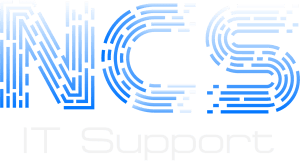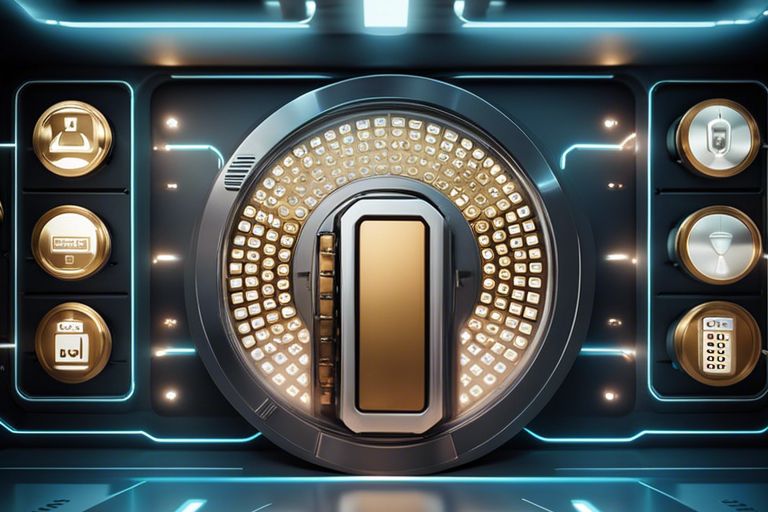Most businesses today are facing increasing cybersecurity threats, making it crucial to implement robust security measures. Multifactor authentication (MFA) is a key component in safeguarding your business from unauthorized access and data breaches. By requiring users to provide multiple forms of verification before granting access, MFA significantly enhances security by adding an extra layer of protection beyond just passwords. In this blog post, we will probe into the importance of MFA in securing your business and how it can help defend against cyber threats.
The Fundamentals of Multifactor Authentication
For any business looking to enhance its security measures, understanding the fundamentals of multifactor authentication is essential. This advanced security protocol adds an extra layer of protection beyond the traditional username and password combination, making it significantly harder for unauthorized users to gain access to sensitive information.
Types of authentication factors
Authentication factors are the different components used to verify the identity of a user. There are three main types of authentication factors:
- Something you know, such as a password or PIN code
- Something you have, like a smartphone or security token
- Something you are, including biometric data like fingerprints or facial recognition
| Authentication Factor | Description |
| Something you know | Passwords, PIN codes |
| Something you have | Smartphone, security token |
| Something you are | Biometric data (fingerprint, facial recognition) |
Assume that combining these factors makes it significantly harder for cybercriminals to breach your system, as they would need more than just a stolen password to gain access.
How multifactor authentication works
With multifactor authentication, users are required to provide two or more authentication factors to verify their identity and gain access to a system or application. This added layer of security significantly reduces the risk of unauthorized access and data breaches.
Authentication factors are typically categorized as:
- Knowledge factors (something you know)
- Possession factors (something you have)
- Inherence factors (something you are)
Assume that by combining these factors, you create a robust security framework that heightens protection against cyber threats and ensures only authorized individuals can access sensitive data.

Benefits of Multifactor Authentication in Business Security
Obviously, implementing multifactor authentication in your business security measures can significantly enhance the overall protection of your sensitive data and reduce the risk of data breaches. By requiring more than just a password for access, multifactor authentication adds an extra layer of security that makes it much harder for unauthorized users to gain access to your systems and information.
Enhanced security and reduced risk of data breaches
Data breaches are a major concern for businesses of all sizes, and the consequences can be severe in terms of financial losses, damage to reputation, and legal repercussions. Multifactor authentication helps mitigate these risks by adding an additional barrier to entry for potential hackers or malicious actors. Even if a cybercriminal manages to obtain a user’s password, they would still need to provide an additional form of verification, such as a fingerprint or a one-time code sent to a mobile device, to access the system.
Furthermore, multifactor authentication can also help prevent unauthorized access in case an employee’s login credentials are compromised, either through phishing attacks or malware. This added layer of security ensures that sensitive data remains protected even if traditional passwords are compromised, providing peace of mind for both businesses and their customers.
Compliance with regulatory standards
Security regulations such as GDPR, HIPAA, and PCI DSS require businesses to implement adequate measures to protect sensitive data and prevent unauthorized access. Multifactor authentication is often cited as a best practice in compliance frameworks, helping businesses meet these stringent requirements and avoid potential fines or penalties for non-compliance.
Challenges and Considerations for Implementing MFA
User convenience and adoption
Keep in mind that user convenience and adoption are critical factors when implementing multifactor authentication (MFA) in your business. While MFA significantly enhances security, it can also introduce friction in the user experience. Employees may find the additional authentication steps cumbersome and time-consuming, which could potentially lead to resistance in adopting the MFA measures.
The key is to strike a balance between security and usability. Implementing user-friendly MFA solutions, such as biometric authentication or authenticator apps, can help streamline the authentication process and improve user acceptance. Providing clear instructions and training sessions can also help employees understand the importance of MFA and encourage its adoption across the organization.
Integration with existing security systems
For seamless integration with existing security systems, it is crucial to carefully evaluate the compatibility of MFA solutions with your current infrastructure. Whether you are using cloud-based services, on-premises systems, or a combination of both, the MFA implementation should align with your organization’s specific security requirements and technologies.
Convenience is key when integrating MFA with existing security systems. Choose MFA solutions that can easily integrate with your existing identity and access management tools to ensure a smooth transition and minimize disruptions to daily operations. Conduct thorough testing to identify any potential compatibility issues and address them proactively to maintain a secure and efficient authentication process.

Best Practices for Employing MFA in Your Business
Educating employees about security and MFA
Despite the implementation of robust MFA systems, human error remains a significant vulnerability in cybersecurity. It is crucial to educate employees about the importance of security measures and the role MFA plays in safeguarding sensitive data. Training sessions and regular reminders can help raise awareness about potential threats and the best practices to follow.
Employees should be trained on how to use MFA effectively, including the importance of creating strong passwords, avoiding sharing authentication codes, and recognizing phishing attempts. By fostering a culture of security awareness, businesses can empower employees to be active participants in safeguarding company information.
Regularly updating and testing MFA systems
One key practice in enhancing the effectiveness of MFA is to regularly update and test the systems in place. This includes staying up to date with the latest security protocols, software updates, and potential vulnerabilities that could impact the MFA infrastructure. By staying proactive in system maintenance, businesses can ensure that their MFA solutions remain robust and reliable.
Testing: Regular testing of MFA systems is essential to identify any weaknesses or gaps that cybercriminals could exploit. Conducting simulated attacks and penetration testing can help uncover vulnerabilities and fine-tune the MFA setup for maximum security. This proactive approach helps businesses stay one step ahead of potential threats and reinforces the overall security posture of the organization.
To wrap up
Considering all points, multifactor authentication plays a crucial role in securing your business by adding an extra layer of protection beyond just passwords. By requiring multiple forms of verification, such as a password, fingerprint scan, or security token, MFA significantly reduces the risk of unauthorized access to sensitive information. This additional security measure helps to safeguard your business’s data, networks, and systems from cyber threats and potential breaches. Implementing multifactor authentication is a proactive step towards enhancing your organization’s overall security posture and protecting against evolving cyber threats in today’s digital landscape.



